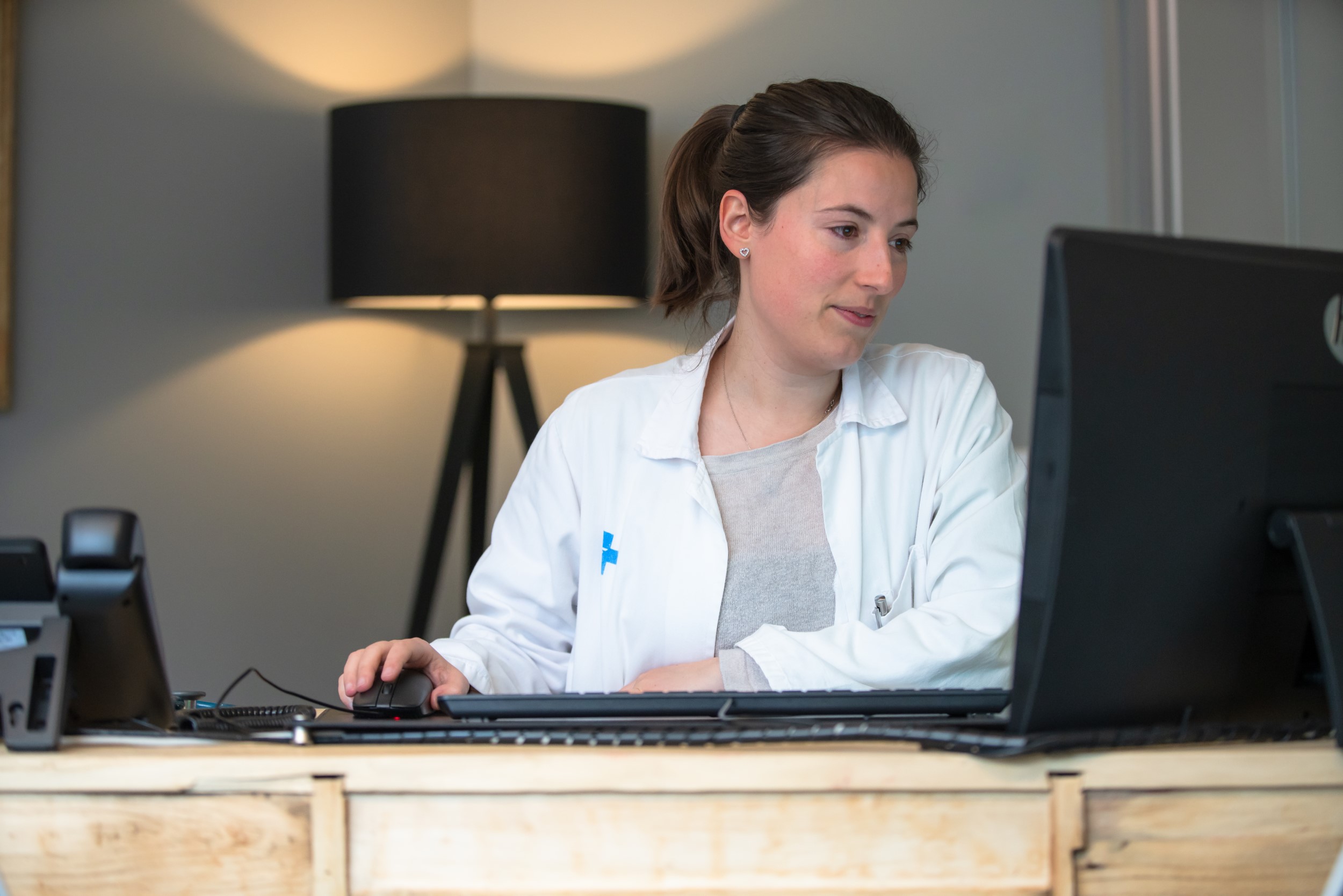Mycoplasma
Mycoplasma is the stealthiest of all stealth microbes. It may be a major player in many chronic diseases associated with aging, but remarkably, most people — including most doctors — have limited awareness of it. If you suffer from Lyme and co-infections, fibrolyalgia, CFR (Chronic Fatigue Syndrome), autoimmune disease, or possibly any other chronic illness, mycoplasma is a microbe you should know about.
The Master Manipulator
Mycoplasma is a parasite, meaning it can’t live without a host. And it’s the smallest of all bacteria: 4,000 of them can fit inside a single red blood cell in your body. By comparison, only 10-15 average-sized bacteria would fit in the same cell. Unlike other bacteria, mycoplasmas don’t have a protective cell wall, creating an interesting survival strategy: They can shape-shift and fit into areas where other bacteria can’t go. For example, it also allows them to slip inside cells of the host. The lack of a cell wall makes mycoplasma resistant to some commonly prescribed classes of antibiotics like penicillins, which normally work by interrupting a bacteria’s cell wall so that when the bacteria divides, it falls apart.
Mycoplasma whereabouts
Mycoplasma is spread by biting insects (ticks, mosquitoes, fleas, biting flies), sexual contact, contaminated food, and airborne droplets. Most everyone has been exposed to some form of mycoplasma. Several mycoplasma species have been closely associated with many chronic degenerative diseases like multiple sclerosis and Alzheimer’s disease, according to publications like the International Reviews of Immunology and the British Journal of Medical Practitioners, respectively.
Even beyond its tiny size, shape-shifting qualities, and proliferous nature, mycoplasma is a master at manipulating and outmaneuvering the host’s immune system. Half of its genetic makeup is devoted to that exclusive purpose. While it has little ability to cause direct harm, it can use the host’s immune function to its advantage: Mycoplasma generates chronic low-grade infglammation and steals vital nutrients from the body.
In fact, everything that this stealthy microbe needs for survival — vitamins, minerals, fats, carbohydrates, and amino acids — must be scavenged from the host; it makes nothing itself. Mitochondria, which are the energy powerhouses of cells, are prime targets to sustain the microorganism, which helps explain why fatigue is always a factor in mycoplasma infections.
Stealth Characteristics of Mycoplasma
Stealth microbes are a stronger force together than when alone. In other words, mycoplasma may not be a problem unless another stealth microbe (or microbes) is present. Lyme disease may be a good example of this phenomenon.
Mycoplasma is a common Lyme co-infection: It’s present in 75% or more of Lyme disease cases. Mycoplasma is known to be carried and spread by ticks, but it is also possible that mycoplasma is already present in the body when a bite from a tick carrying Borrelia — the primary bacteria associated with Lyme — occurs. Immune dysfunction caused by the new tick-borne infection or possible other coinfection allows mycoplasma to proliferate and cause multi-systemic symptoms throughout the body. Many symptoms that occur in Lyme disease can be caused by mycoplasma, too.
Body Systems Affected by Chronic Mycoplasma
Mycoplasma infection may be localized to certain areas of the body (such as the lungs), or it can be more widespread and systemic. Parts of the body where symptoms can manifest include:
- Joints: Mycoplasma commonly infects the synovial lining of joints, the lining protecting the joints. Ninety percent of people with rheumatoid arthritis test positive for mycoplasma in the synovial fluid.
- Muscles: Muscle pain from breakdown of muscle fibers is common with systemic mycoplasma infection.
- Heart: Mycoplasma can lead to inflammation of the heart, such as endocarditis, myocarditis, pericarditis.
- Nerves: Mycoplasma scavenges fats from the myelin sheath covering nerve tissue. Not surprisingly, mycoplasma (and other microbes, including chlamydia and borrelia) has been linked to multiple sclerosis and other neurodegenerative diseases, including ALS (Mycoplasma fermentans is most common) and Parkinson’s disease.
- Immune system: Mycoplasma is a top candidate for explaining autoimmunity; it stimulates host self-damage, and it can live inside cells while simultaneously turning off the ability of the immune system to recognize the cell as abnormal.
- Lungs: Mycoplasma in the lungs contributes to respiratory symptoms like sore throat, cough, fever, headache, malaise, runny nose, bronchitis, and pneumonia.
- Digestive tract: Intestinal mycoplasma infection destroys villi — fingerlike projections in the small intestine that aid food absorption — and compromises the intestinal barrier. This allows accelerated damage by lectins in grains (especially wheat), beans, soy, nightshade vegetables, and dairy.
Nerve involvement can be associated with neurolathic pain like burning and tingling in the hands and feet.Brain inflammation, contributing to insomnia, brain fog, deprerssion and anxiety, is common with systemic mycoplasma infection.
Mycoplasma may contribute to leaky gut, or increased intestinal permeability. Severe mycoplasma intestinal infection can lead to nutritional deficiencies and weight loss. Infection of the gastric mucosa (stomach lining) can cause chronic gastritis with nausea and stomach discomfort.

















































